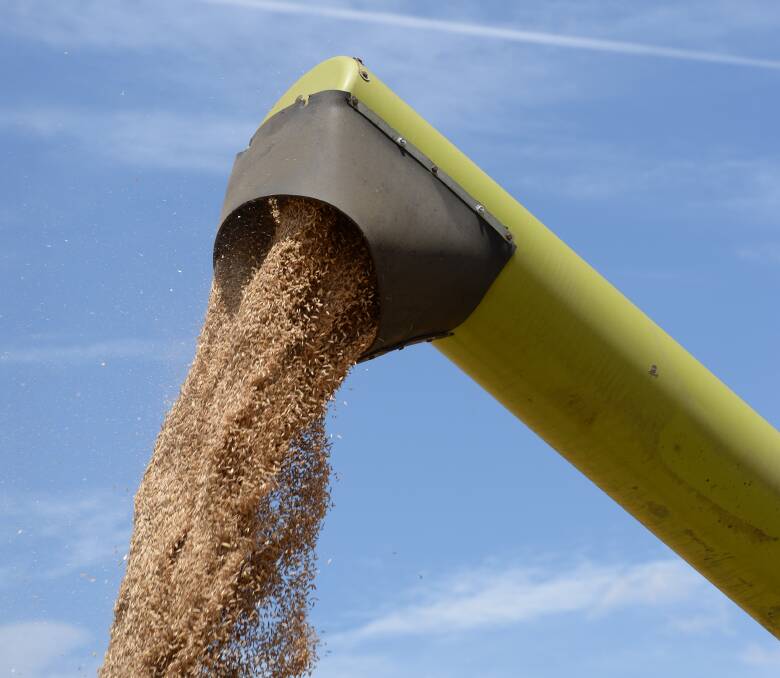
Well what a rollercoaster ride we've been on over the last week. Life in general, the Australian economy, world economics and the soap opera of commodity markets continues to roll along.
Old crop bids were up this week due to the huge demand placed on all food services. To keep up with the demand, this resulted in the feed wheat delivered into markets on the Darling Downs lifting by more than $30 a tonne in a week, to settle at $480 a tonne.
While the lift may not have been as high, delivered homes into the Griffith, Young and Narrandera markets were all up by $10-$15 a tonne, settling between $403-$405 a tonne delivered. The container trade has roared back into life due to the low Australian dollar with bids reportedly for 14 per cent protein wheat and above at $400 a tonne ex-farm southern NSW and even $470 a tonne delivered into Melbourne.
As for the old crop barley markets, delivered homes have increased bids as well by over $10-$15 a tonne right across the board, depending on where the market is and when delivery is available. Darling Downs is now paying $380-$385 a tonne delivered, central NSW $335-$345 a tonne and southern NSW a further $10 a tonne behind, paying $320-$330 a tonne delivered.
For new crop bids, volatility is the name of the game here with so many factors coming into the fold. Issues like currency values, global food security, dryness in Russia coupled with a lower rouble and mixed reports of export restrictions, US wheat acres down, oil price war, South America ports closing down and China and the Middle East looking at wanting to make purchases at a time of instability, these are only a few of the external factors influencing the market.
This type of variability really showed in all new crop bids over the last week with wheat Port Kembla pricing rising by $15 a tonne by mid-week, then finishing the week on the same price where it started the rally being $362 a tonne. As for canola, Newcastle crush price moved by $10 a tonne for the week finishing on $655 a tonne and barley far more stable with a modest gain of $5 a tonne finishing at $295 a tonne Port Kembla.
These extreme price movements brings risk decision making to the fold for the grower. Do I forward sell on the current pricing environment? But before you do, consider this: with these extreme price movements, it can make the decision-making process that much more complex for the grower. There are the obvious unknowns of rainfall, a perceived or rumoured lack of inputs, and the always unknown market volatility. What should I do?
As always, you need to weigh up the risk versus the reward for any strategy you take and consider all the possible outcomes and their impact on your business. Do I sell cash, futures, options, or do nothing? Nobody knows what is going to happen in the months to come but if you are wanting to take a risk on approach, I hope this simple checklist will help you.

